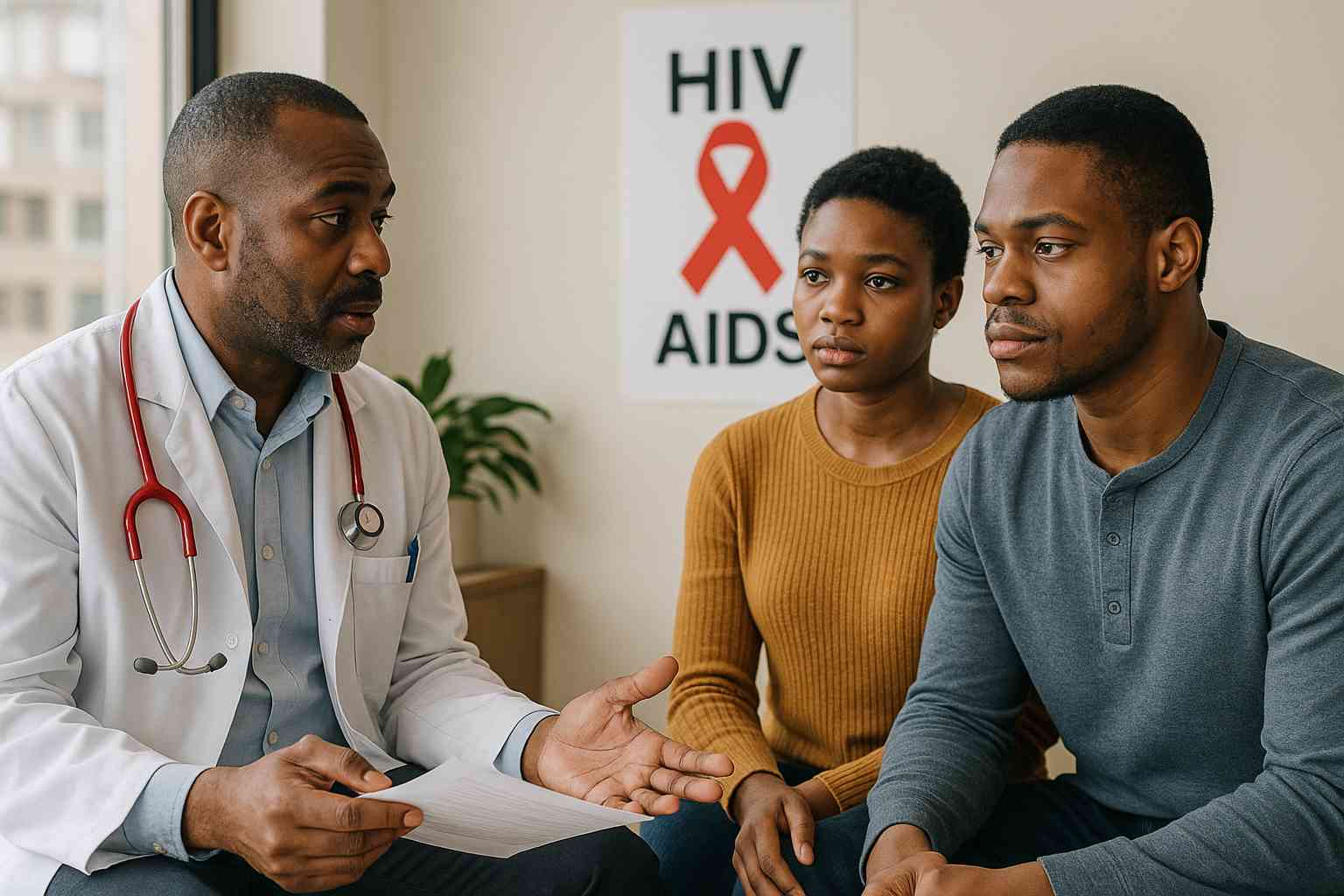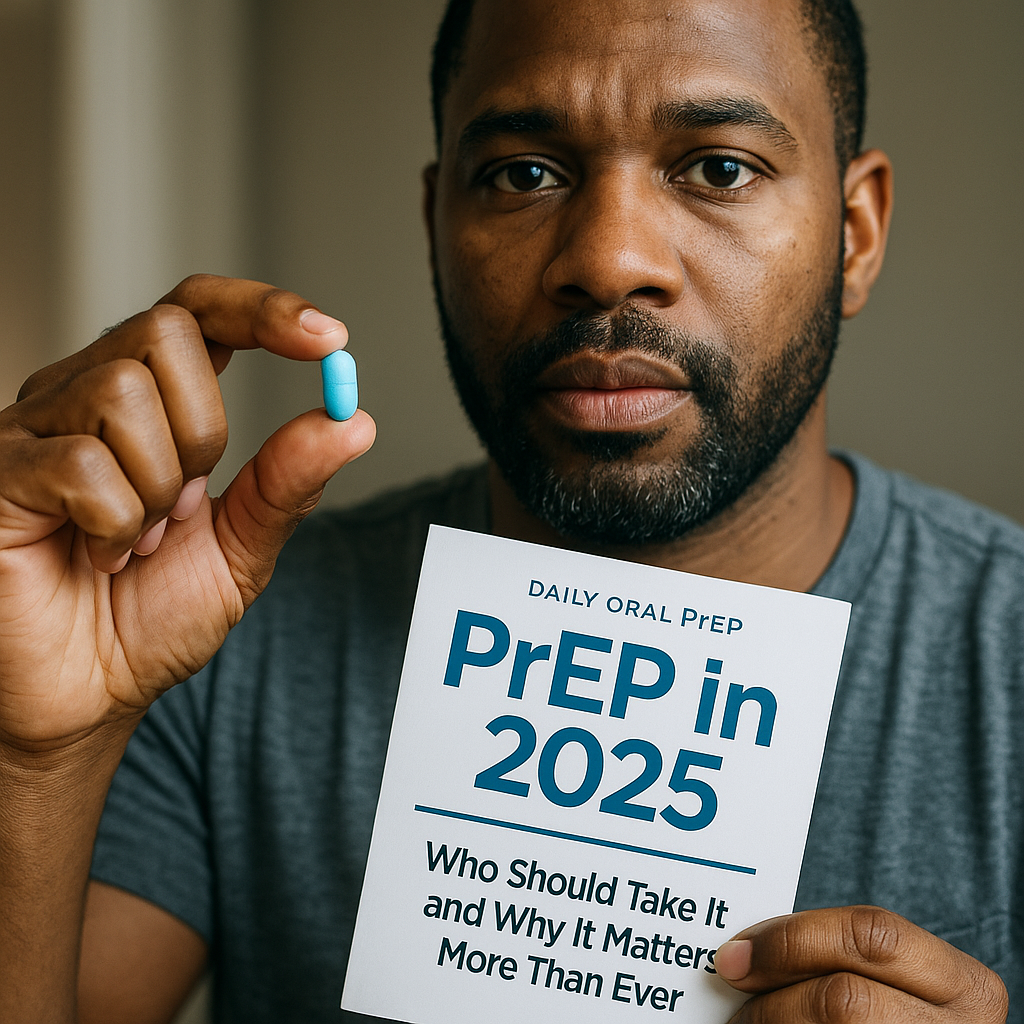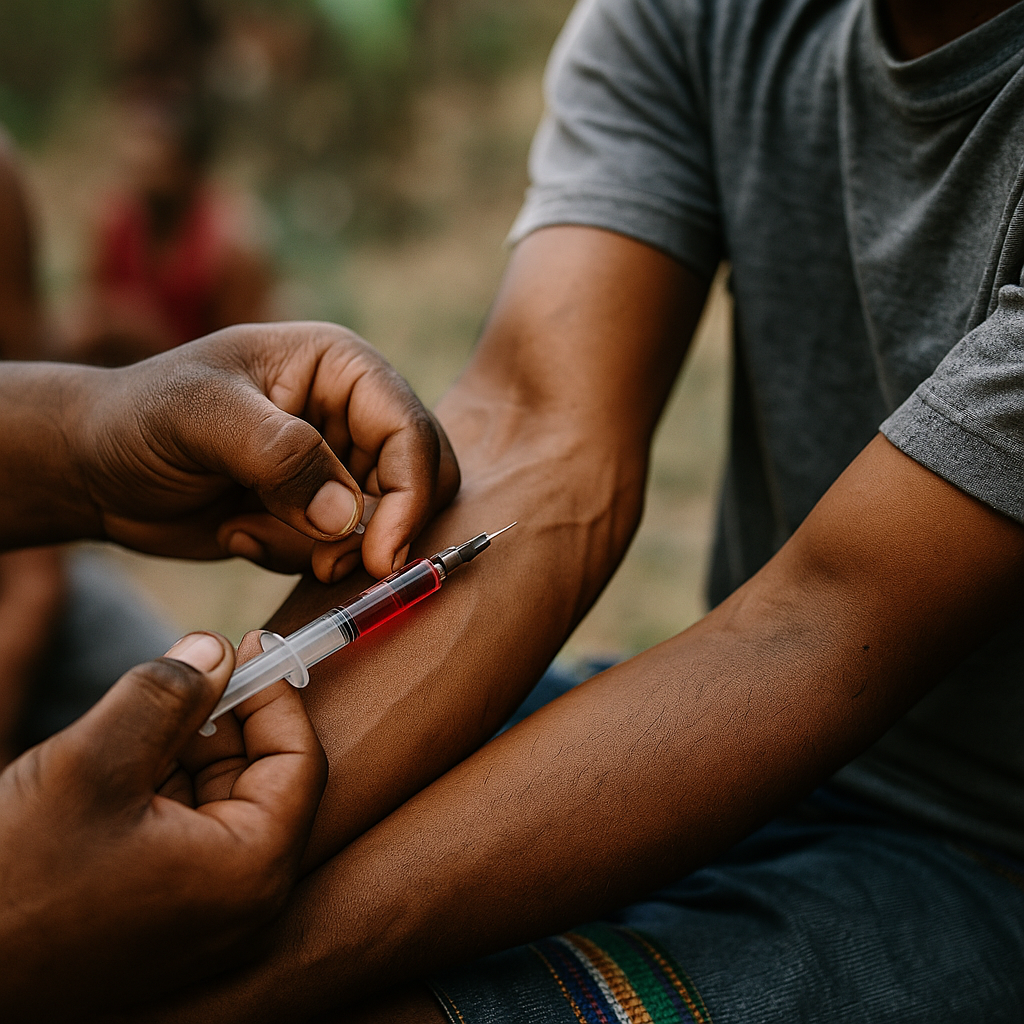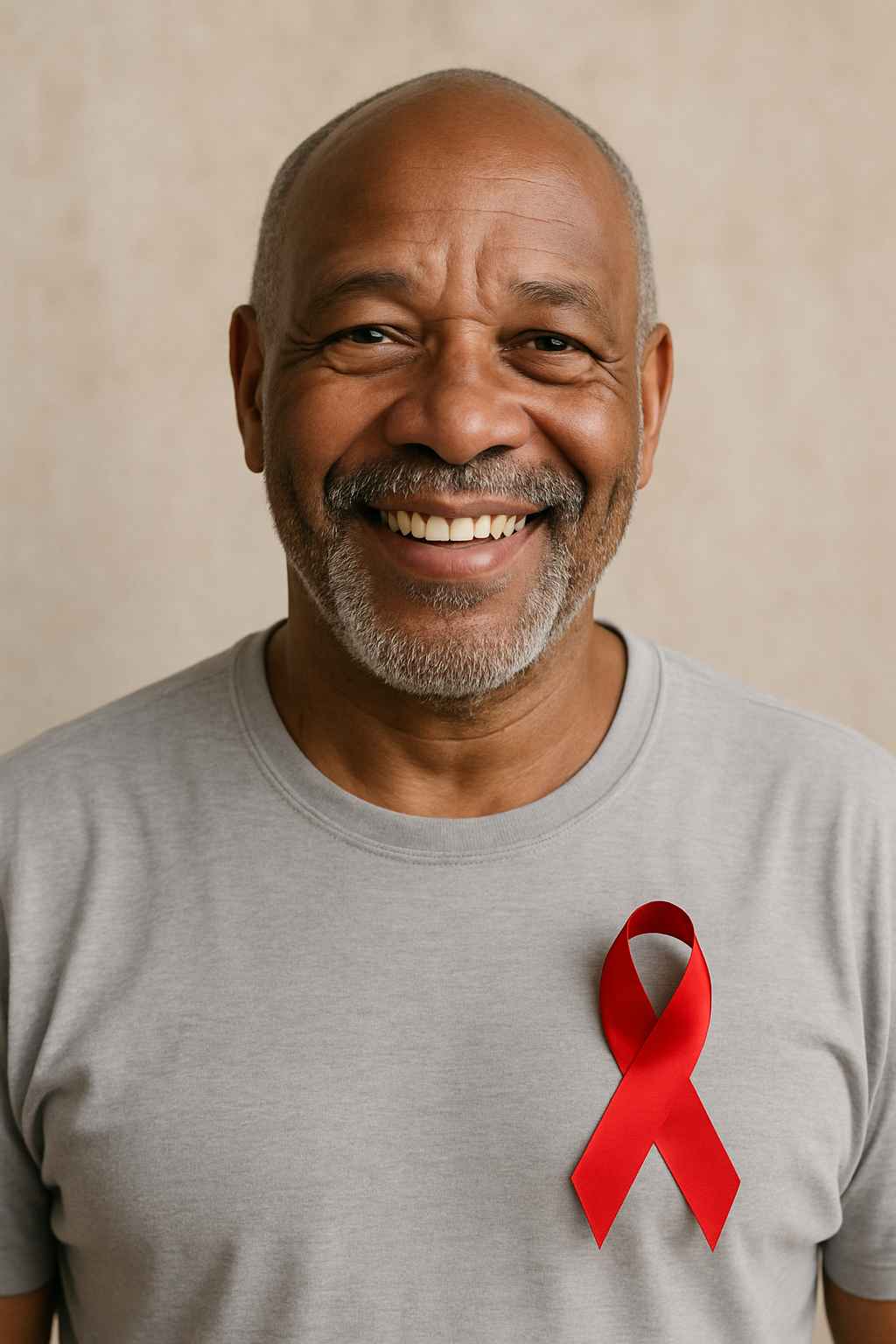The Importance of HIV Education to Save Lives
Table of Contents
- What is HIV Education and Why Does It Matter?
- How HIV Education Prevents New Infections
- Reducing Stigma and Discrimination Through Knowledge
- Empowering Communities with Access and Awareness
- Conclusion
- Frequently Asked Questions
What is HIV Education and Why Does It Matter?
HIV education refers to public health efforts to inform people about HIV transmission, prevention, testing, and treatment. In today’s world, with over 38 million people living with HIV, education remains one of the most powerful tools we have. But why is it so crucial?
Imagine trying to stop a wildfire without knowing where it started or how it spreads. HIV works similarly—without understanding how the virus moves from person to person or how to prevent it, people are left vulnerable. That’s where HIV education becomes a lifeline. It not only teaches individuals how to protect themselves, but also challenges the myths that fuel fear and misinformation.
How HIV Education Prevents New Infections
Knowledge has the power to prevent the spread of HIV. Studies show that people who receive accurate information about HIV are more likely to engage in safer sex practices, seek regular testing, and support partners living with HIV. For example, understanding that using condoms correctly or taking PrEP (pre-exposure prophylaxis) can significantly reduce the risk of transmission helps reduce new infections globally.
Schools, community programs, and online platforms can all be effective channels for delivering this information. When education is accessible, inclusive, and age-appropriate, it reaches people at the right time—before they’re at risk.
Moreover, HIV education includes vital information about regular testing. Knowing your status is the first step toward getting treatment or protecting your partners. Without education, many people simply don’t realize they’re at risk.
Reducing Stigma and Discrimination Through Knowledge
One of the biggest challenges in the fight against HIV is stigma. Misunderstandings about how the virus spreads often lead to fear, rejection, and discrimination—especially in schools, workplaces, and even healthcare settings. HIV education directly addresses these fears with facts.
For instance, learning that HIV cannot be spread through casual contact, hugging, or sharing food dispels unnecessary fear. As a result, people become more compassionate and supportive. This kind of knowledge not only benefits those living with HIV but creates healthier, more informed communities.
Education also promotes language that respects the dignity of individuals living with HIV. Instead of labeling someone as “an AIDS victim,” using terms like “person living with HIV” reduces stigma and reinforces humanity.
Empowering Communities with Access and Awareness
Access to HIV education varies greatly around the world. In many areas, cultural taboos, lack of funding, or political resistance prevent people from learning about HIV until it’s too late. That’s why targeted education campaigns, especially in marginalized communities, are critical.
Programs that include real stories, culturally sensitive materials, and local community leaders tend to be the most effective. They meet people where they are—geographically, socially, and emotionally.
Furthermore, digital health campaigns, like those run by Healthcare.pro, have expanded the reach of HIV awareness by bringing vital information into people’s hands through smartphones and social media.
When communities are educated, they are empowered. They can demand better healthcare services, push for more inclusive policies, and protect the next generation from HIV.
Conclusion
HIV education is more than just information—it’s empowerment. It saves lives by preventing new infections, breaks down harmful stigma, and strengthens communities from the inside out. Whether it’s in schools, clinics, or online platforms, spreading knowledge about HIV remains a cornerstone of global health.
For those looking to make a difference, supporting local education programs or simply sharing accurate information can create ripple effects of change.
To learn more about HIV prevention, testing, and support, visit Healthcare.pro.
Frequently Asked Questions
Why is HIV education important for young people?
Young people are often at a higher risk of HIV due to lack of information. Early education helps them make informed decisions and build healthy habits.
Can HIV be prevented through education alone?
Education is a key part of prevention, but it works best when combined with access to testing, treatment, and prevention tools like condoms or PrEP.
How does HIV education help reduce stigma?
By correcting myths and misconceptions, education replaces fear with understanding. This leads to more acceptance and less discrimination.
Where can I find reliable HIV education resources?
Trusted sources include the CDC, Healthcare.pro, and local health departments.
What should schools include in their HIV education programs?
Effective programs cover HIV transmission, prevention, testing, treatment options, and address stigma in an age-appropriate, inclusive way.
This content is not medical advice. For any health issues, always consult a healthcare professional. In an emergency, call 911 or your local emergency services.




